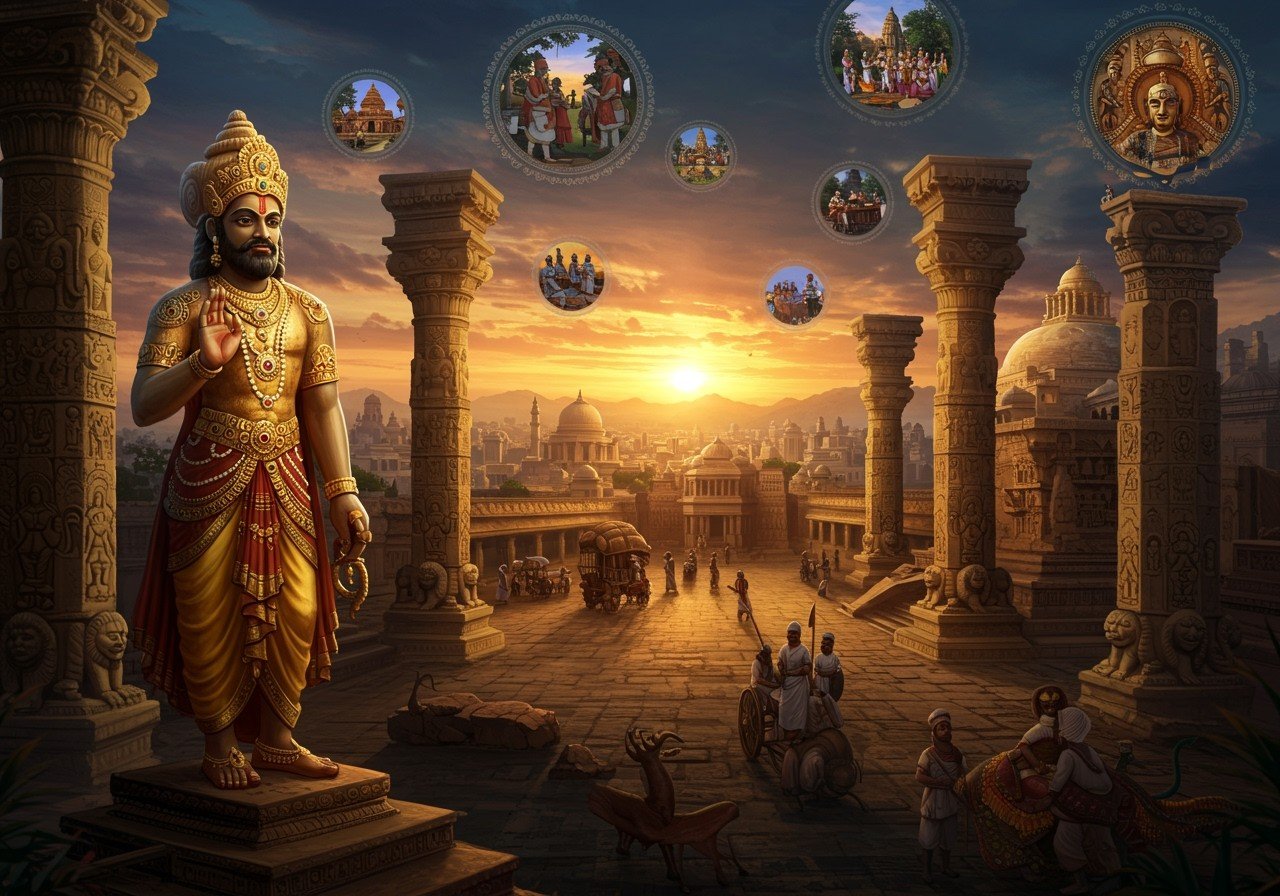
The Mauryan Empire, a pivotal force in ancient India, reigned from 322 BCE to 185 BCE. Known for its vast reach, centralized governance, and sophisticated administration, it left an enduring legacy. This blog post delves into the empire’s key aspects, answering common questions about its location, architecture, predecessors, and eventual decline.
Exploring the Mauryan Empire
Where was the Mauryan Empire located?
The empire’s heartland was in Magadha (present-day Bihar), but its influence extended across the Indian subcontinent, encompassing modern-day India, Pakistan, Nepal, and parts of Afghanistan and Iran. Its capital, Pataliputra (modern Patna), strategically situated on the Ganges River, facilitated trade and cultural exchange. This diverse geography, from fertile plains to coastal regions and mountains, fueled the empire’s prosperity.
Where did the Mauryan Empire build its palace?
The magnificent Mauryan palace stood in Pataliputra, the empire’s capital. Constructed primarily of wood and embellished with intricate carvings, it showcased the empire’s opulence. Initially built under Chandragupta Maurya, it was later expanded by Ashoka. The palace housed vast halls, chambers, and courtyards, serving as a hub for royal ceremonies, administrative functions, and the residence of officials.
Which empire preceded the Mauryan Empire?
Before the Mauryans, the Nanda Dynasty held sway over a significant portion of northern India. Known for their wealth and military strength, the Nandas eventually succumbed to Chandragupta Maurya, guided by his advisor Chanakya. This transition marked a turning point in Indian history, paving the way for the Mauryan era.
What led to the decline of the Mauryan Empire?
The Mauryan Empire’s decline was a complex process involving internal strife and external pressures. Following Ashoka’s death in 232 BCE, the empire gradually weakened due to ineffective successors, administrative issues, and economic challenges. Regional governors asserted independence, further fragmenting the empire.
How did the Mauryan Empire end?
The final blow came in 185 BCE with the assassination of the last Mauryan ruler, Brihadratha, by his general, Pushyamitra Shunga. This act marked the end of the Mauryan dynasty and the rise of the Shunga Empire.
The Legacy of the Mauryans
Despite its eventual decline, the Mauryan Empire left an indelible mark on India. Its sophisticated administrative and political systems influenced later empires. Ashoka’s embrace of Buddhism significantly impacted the religious landscape of Asia. The empire’s achievements in art, architecture, and urban planning set a high standard for future generations. Ashokan edicts, inscribed on pillars and rocks, remain invaluable historical sources.
Connecting with the Mauryan Era through Poojn.in
Poojn.in, India’s leading online store for cultural and religious goods, offers a unique opportunity to connect with India’s rich heritage, including the Mauryan period. Explore our collection of authentic items:
-
Brass Artifacts: Discover handcrafted brass items reminiscent of the artistic traditions prevalent during the Mauryan era. Our collection features a variety of statues, idols, and decorative pieces that capture the essence of ancient Indian craftsmanship.
-
Puja Items: Enhance your spiritual practice with traditional puja items, including kumkum, haldi, and incense, used in ceremonies since ancient times, connecting you to the rituals of the Mauryan period. We source the finest quality ingredients to ensure an authentic and enriching experience.
-
Educational Resources: Delve deeper into India’s rich history with our selection of books and resources on ancient Indian dynasties, including the Mauryan Empire. Expand your knowledge and understanding of this fascinating period.
Visit Poojn.in today to explore our complete collection and enrich your connection to India’s vibrant cultural heritage.


